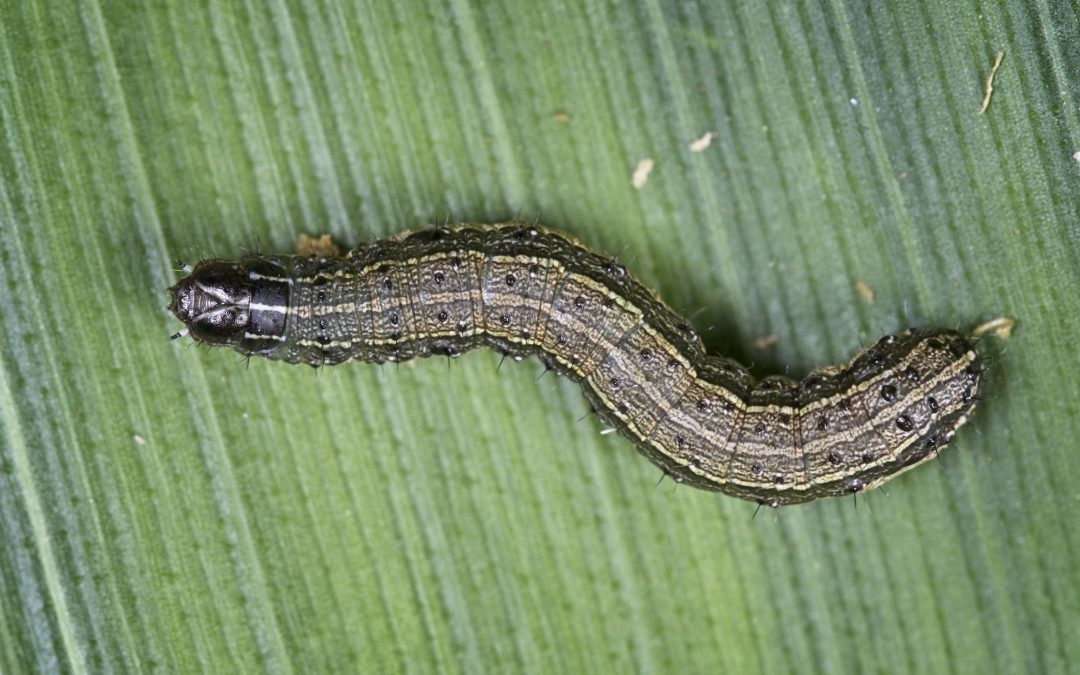
by Doug Mayo | Jul 30, 2021
Fall armyworms (FAW), Spodoptera frugiperda are certainly not a new pest in this region, but there are some unique challenges to deal with in 2021. The adult moths migrate in from South Florida into this region each spring/summer and lay eggs in fertilized...
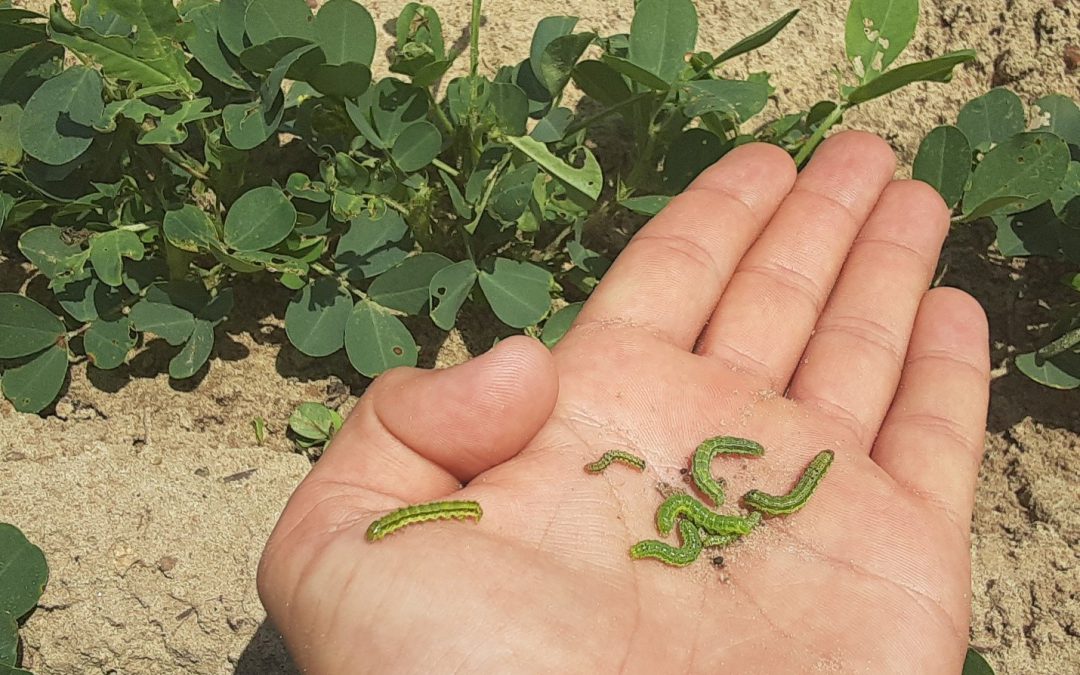
by Mark Mauldin | Jul 30, 2021
Mark Mauldin, Ag & Natural Resources Agent Washington County, Ethan Carter, Regional Crop IPM Agent, Dr. Barry Tillman Peanut Breeder UF/IFAS NFREC, and Camila Ichazo Since the last update, two weeks ago, fields have dried out somewhat allowing for the...
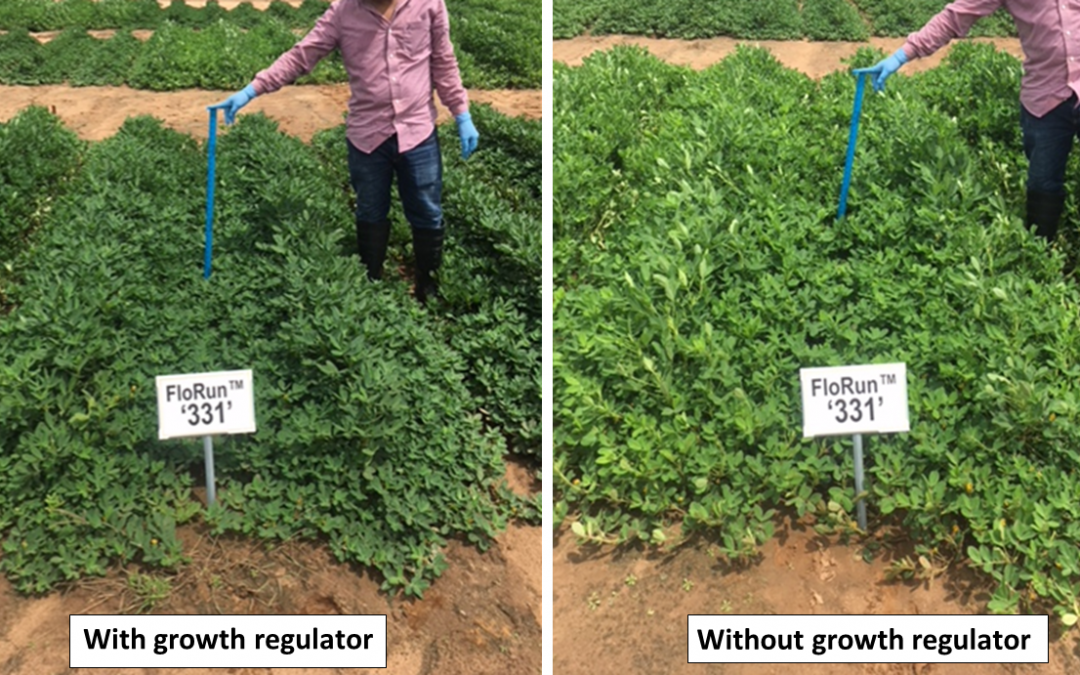
by btillman | Jul 16, 2021
Barry Tillman, UF/IFAS Peanut Breeder, and Scott Monfort, UGA Extension Peanut Agronomist Excessive peanut vine growth can be problematic in several ways. First, too much vine can increase disease because of the ability of the canopy to hold moisture and the...
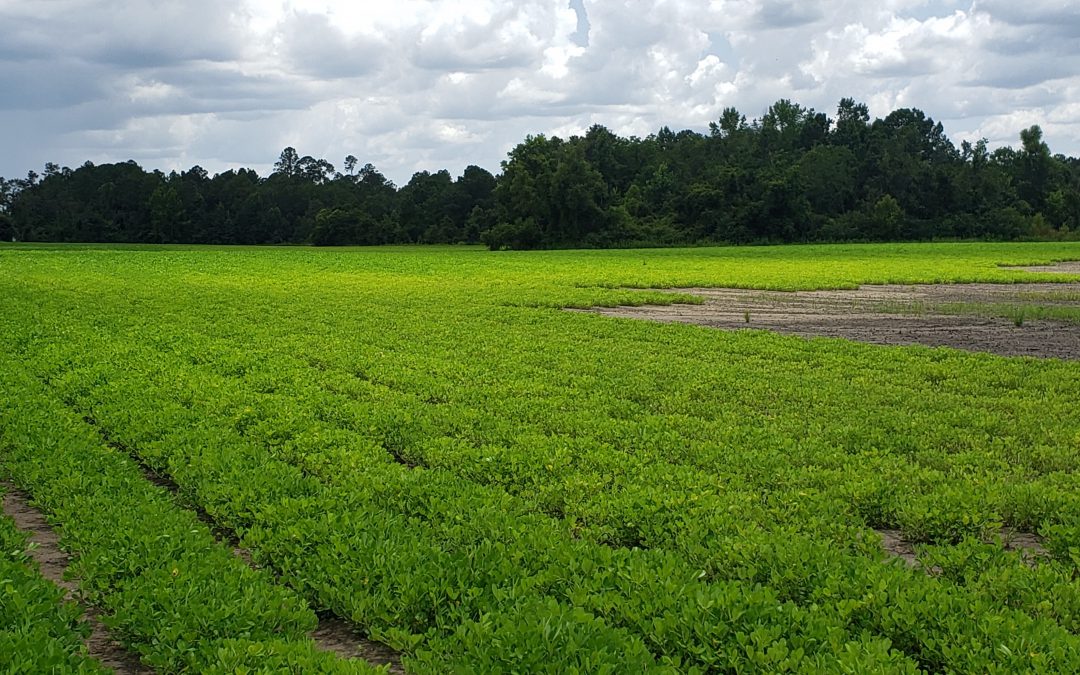
by Mark Mauldin | Jul 16, 2021
Mark Mauldin, Ag & Natural Resources Agent Washington County, Ethan Carter, Regional Crop IPM Agent, Dr. Barry Tillman Peanut Breeder UF/IFAS NFREC, and Camila Ichazo I led off the last Peanut Update & aGDD Tracker with some comments to the...
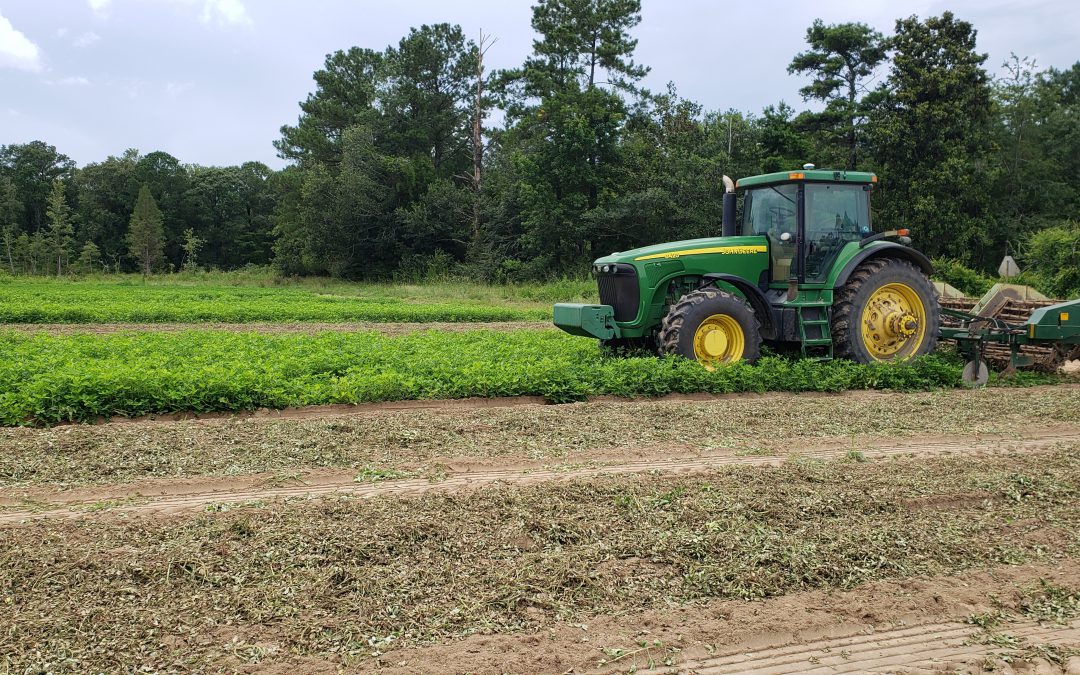
by Mark Mauldin | Jul 2, 2021
Mark Mauldin, Ag & Natural Resources Agent Washington County, Ethan Carter, Regional Crop IPM Agent, Dr. Barry Tillman Peanut Breeder UF/IFAS NFREC, and Camila Ichazo The dry conditions many growers had back in May and the beginning of June are well behind...

by Ethan Carter | Jun 18, 2021
By: Ethan Carter, UF/IFAS Regional Row Crop IPM Agent and Dr. Mark Abney, UGA Peanut Entomologist Caterpillar sightings in young peanut fields have skyrocketed over the past week, with calls pouring into local extension offices. Some fields as young as 25 days after...







